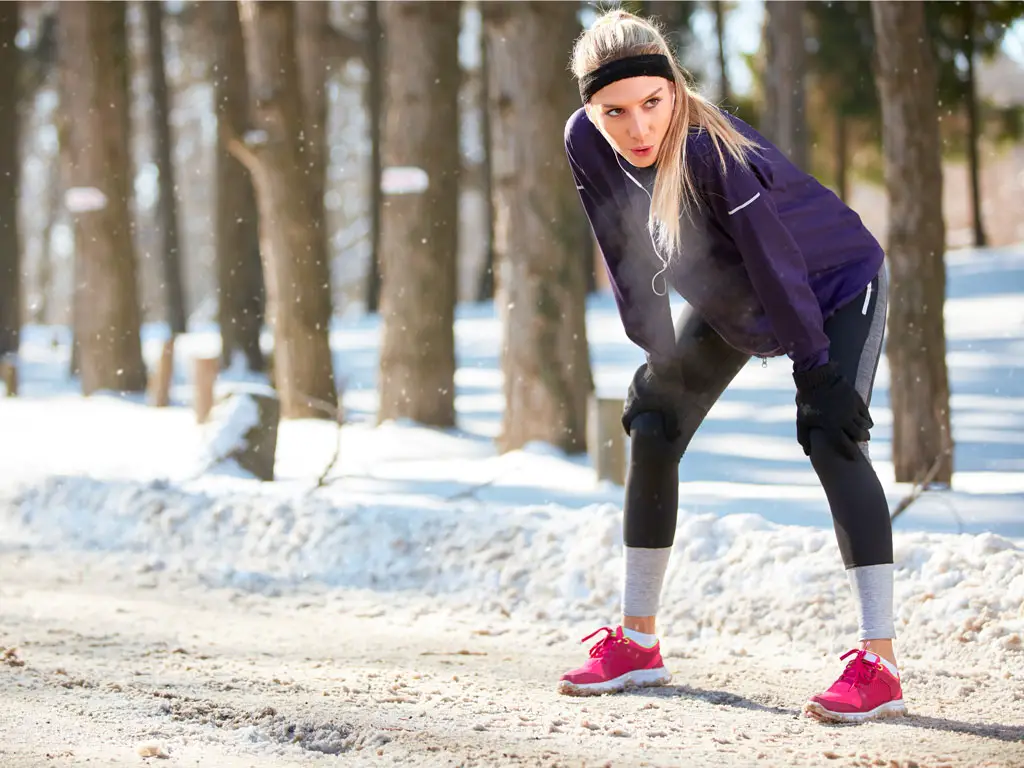Healthy Lifestyle Tips For Stress Due To Technology And High Fashion
Healthy Lifestyle Tips For Stress Due To Technology And High Fashion We all are very fashionable and great technology users but have you thought about what it is doing to you? Let’s understand what is stress, how high fashion and technology cause stress, and also learn everyday healthy lifestyle tips for your busy life. What … Read more
